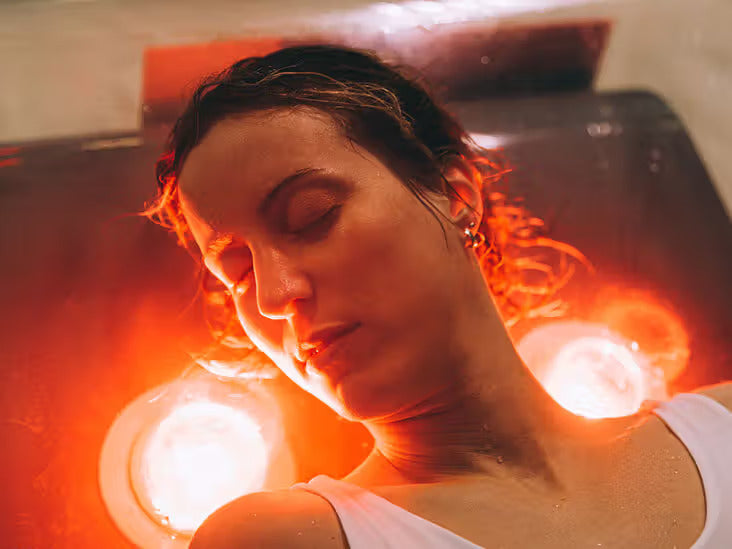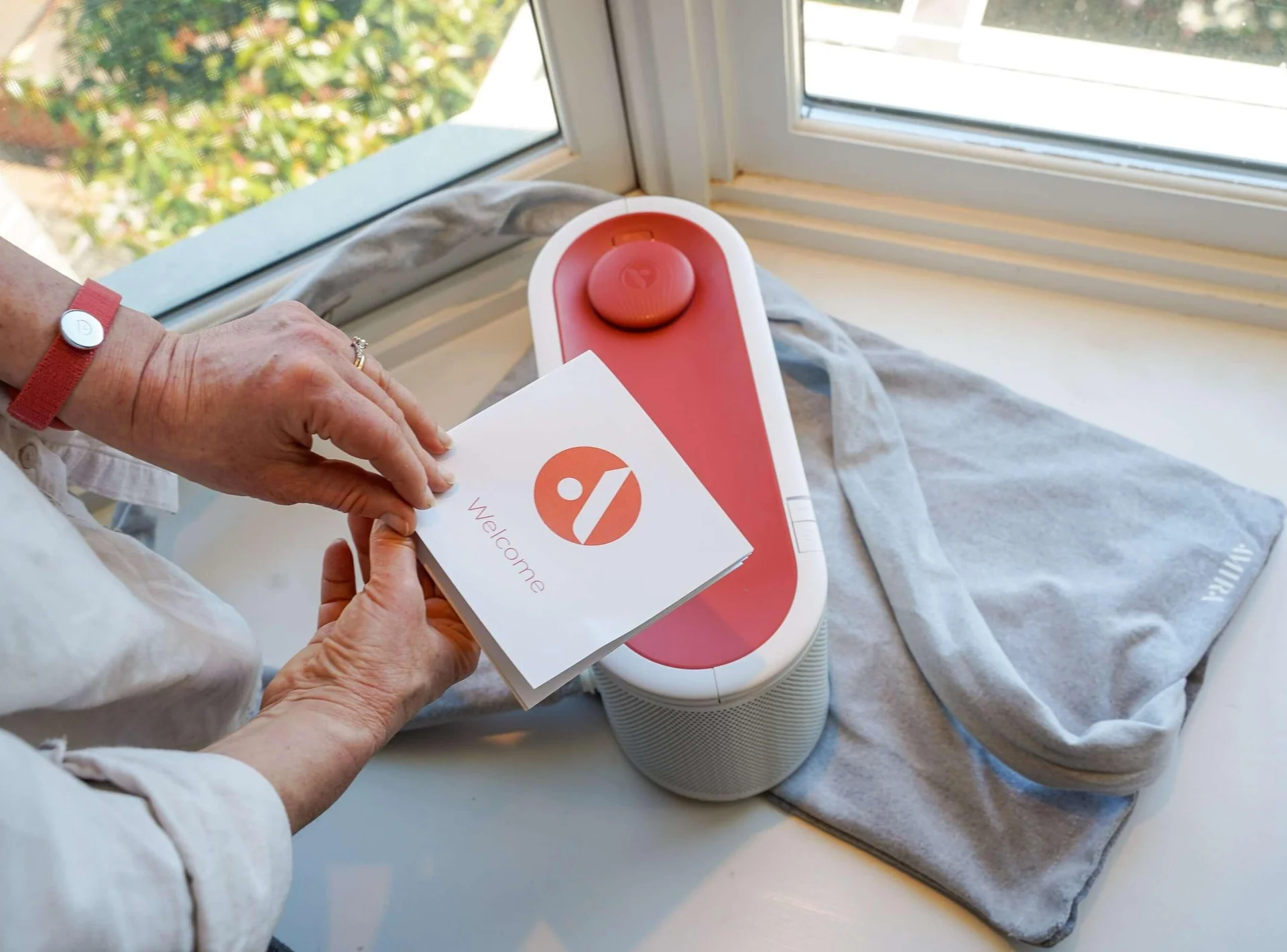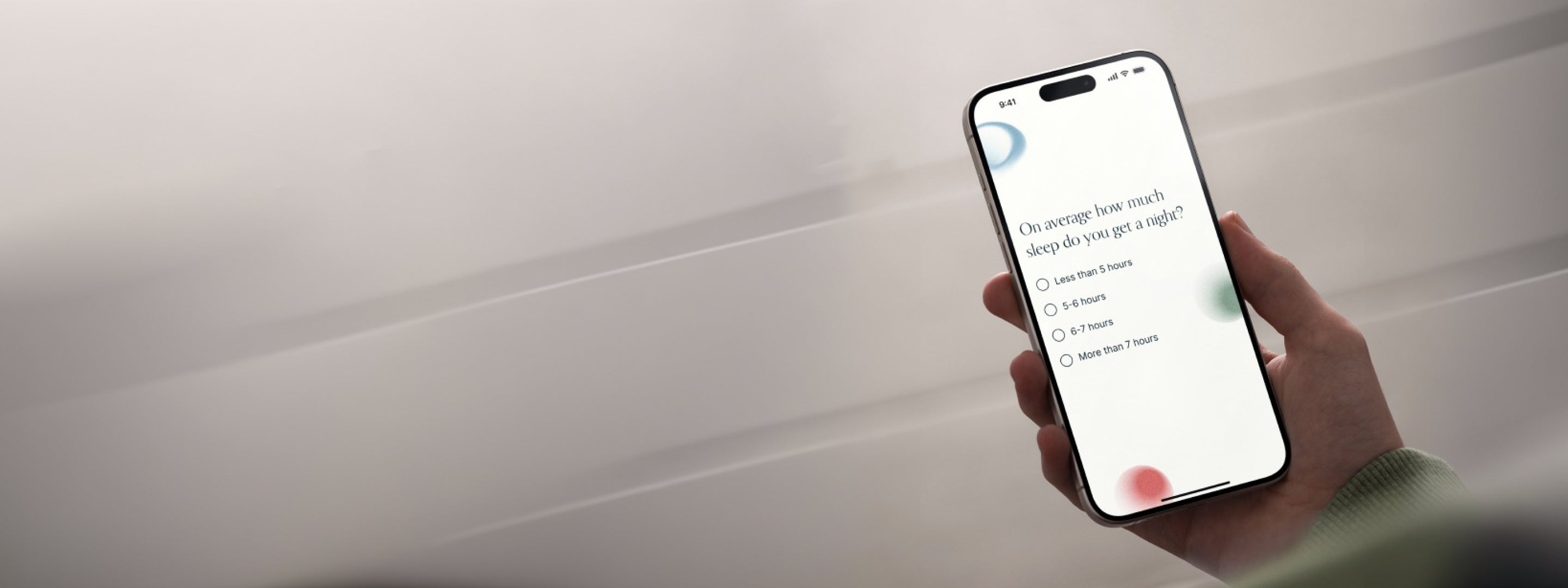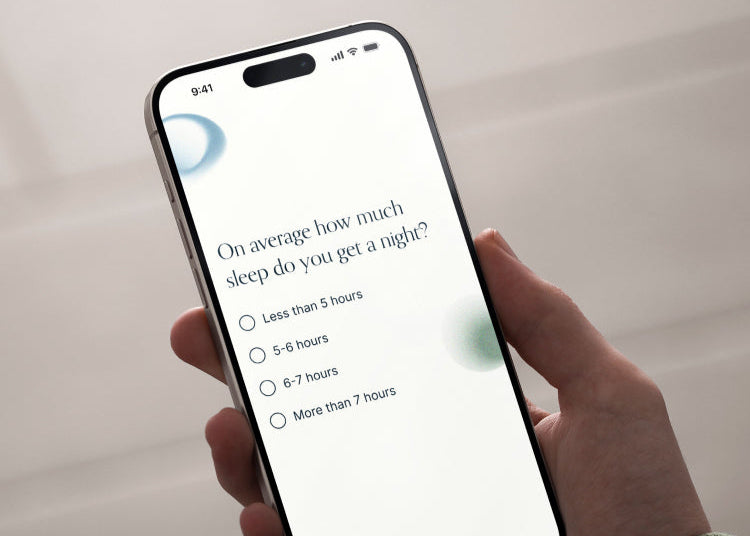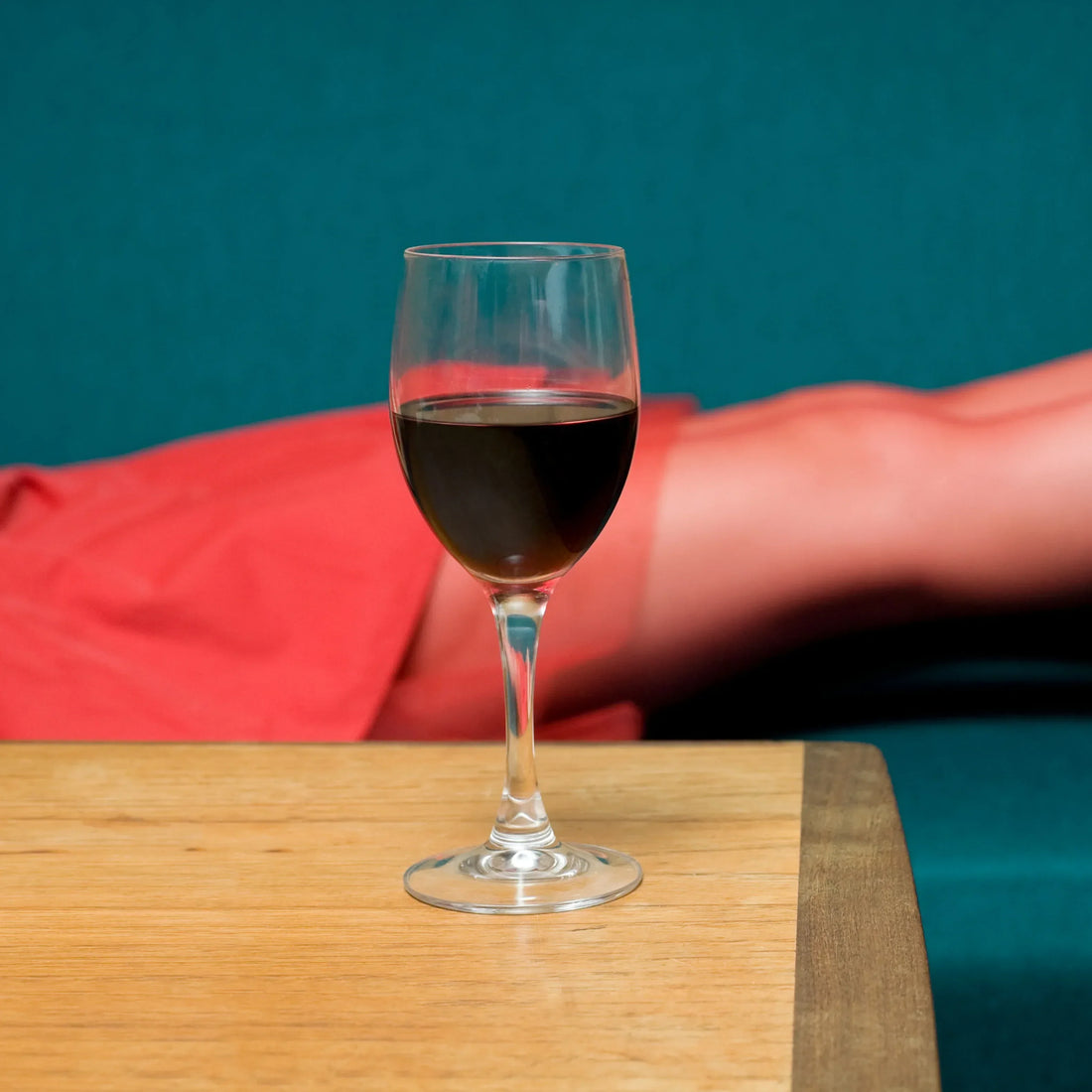
Alcohol and Hot Flashes: What's the Connection?
- Written by: Corentin Hugot
- Reading time: ~5 min
Understanding Menopause, Hormone Imbalance, and Your Internal Thermostat
Menopause brings many changes, both physical and emotional. One of the most common and disruptive symptoms is the hot flash.
Defining Hot Flashes: More than just feeling warm
A hot flash is a sudden sensation of intense heat, typically felt in the face, neck, and chest. It can be accompanied by redness of the skin, sweating, and a rapid heart rate. Some women also experience feelings of anxiety or chills afterward. It's a cascade of events triggered by hormonal fluctuations sending the wrong signals to your brain, making you feel like you're overheating.
The Role of Estrogen Fluctuations: How hormone imbalance during menopause makes you more susceptible to triggers
The primary culprit behind hot flashes is the fluctuating levels of estrogen during menopause. Estrogen plays a crucial role in regulating many bodily functions, including temperature control. As estrogen levels decline and become erratic during perimenopause and menopause, the body's sensitivity to even slight changes in temperature increases, making you more susceptible to triggers like alcohol. Hormone imbalance is a key element in understanding why some women experience more severe hot flashes than others. The lower your estrogen, the more sensitive you become.
Your Hypothalamus on High Alert: How hormonal shifts affect your body's temperature regulation center
The hypothalamus, a region in the brain, acts as the body's thermostat. It receives signals about your body temperature and works to maintain a stable internal environment. During menopause, the hormonal chaos throws the hypothalamus off balance. It misinterprets signals, leading it to believe you're overheating when you're not. This triggers a cascade of events to cool you down, resulting in a hot flash. Alcohol can further disrupt the hypothalamus, exacerbating these misinterpretations and increasing the likelihood of a hot flash.
The Science Sip by Sip: How Alcohol Induces Heat via Vasodilation
So, how does alcohol specifically contribute to hot flashes? The answer lies in a process called vasodilation.
What is Vasodilation?: Explaining how alcohol widens blood vessels near the skin
Vasodilation is the widening of blood vessels, particularly those close to the surface of the skin. Alcohol is a known vasodilator. When you consume alcohol, it relaxes the smooth muscles in the walls of your blood vessels, causing them to expand. This increased blood flow to the skin's surface is what causes that flushed appearance some people experience after drinking.
The Rush Effect: Why vasodilation leads to that feeling of flushing and intense heat
The increased blood flow to the skin's surface caused by vasodilation leads to a sensation of warmth and flushing. The heat from your core is being dissipated through your skin, creating the feeling of intense heat associated with hot flashes. In someone not experiencing hormonal fluctuations, this effect might be mild. However, in a woman going through menopause, the already sensitive temperature regulation system amplifies this effect.
Amplified Sensitivity: Why menopausal hormonal changes can make the body overreact to alcohol's vasodilating effects
As mentioned earlier, menopause heightens the body's sensitivity to temperature changes. The vasodilation caused by alcohol is like throwing fuel on the fire. The hypothalamus, already on high alert, overreacts to the increased blood flow and heat, triggering a full-blown hot flash. This is why even a small amount of alcohol can sometimes trigger a significant reaction in menopausal women.
Not All Drinks Are Equal: Red Wine, Histamine, and Potential Alcohol Intolerance
While any alcoholic beverage can potentially trigger hot flashes, some seem to be more problematic than others. Red wine often gets a bad rap, and for good reason.
The Red Wine Reputation: Why it's often cited as a major hot flash culprit
Red wine is frequently cited as a trigger for hot flashes. Several factors contribute to this reputation, including the presence of histamines and sulfites, as well as the potential for it to trigger alcohol intolerance.
Unpacking the Histamine Connection: How histamines in certain alcohols (like red wine) can contribute to flushing and allergy-like reactions
Histamines are compounds involved in immune responses. They're naturally present in many foods and beverages, including red wine. Some individuals are sensitive to histamines, and consuming them can lead to allergy-like symptoms, including flushing, skin rashes, and headaches. In the context of menopause, the histamine in red wine can exacerbate the vasodilation effect of alcohol, making hot flashes more likely and more intense. Other aged or fermented beverages also contain histamine.
Could it be Alcohol Intolerance?: Recognizing signs beyond typical hot flashes (e.g., nausea, rapid heartbeat) and how it differs from simply being a trigger
It's important to differentiate between alcohol triggering a hot flash and a potential alcohol intolerance. While a hot flash is primarily characterized by heat and flushing, alcohol intolerance can present with a broader range of symptoms, including nausea, rapid heartbeat, nasal congestion, and headaches. If you experience these symptoms consistently after drinking alcohol, it's worth discussing with your doctor to rule out an intolerance. This is different than simply being sensitive to alcohol as a trigger for hot flashes; it suggests a more systemic reaction to alcohol itself.
From Evening Drinks to Disturbed Sleep: Alcohol's Impact on Night Sweats
The connection between alcohol and hot flashes doesn't end when you go to bed. In fact, it can significantly disrupt your sleep through night sweats.
Defining Night Sweats: Hot flashes that disrupt your precious sleep
Night sweats are essentially hot flashes that occur during sleep. They can range from mild dampness to drenching sweats that require you to change your clothes and bedding. Night sweats are particularly disruptive because they interrupt your sleep cycle, leading to fatigue, irritability, and difficulty concentrating.
How Alcohol Metabolism Affects Overnight Temperature: The delayed reaction that can wake you up drenched
Alcohol is metabolized by the liver, and this process can have a delayed effect on body temperature. Initially, alcohol might make you feel warm and relaxed, potentially helping you fall asleep. However, as your body processes the alcohol, it can lead to fluctuations in blood sugar and hormone levels, which can trigger night sweats several hours later. This delayed reaction is why you might wake up in the middle of the night feeling overheated and drenched in sweat, even if you didn't feel particularly hot before bed.
The Double Whammy: Alcohol's impact on sleep quality *plus* triggering night sweats
Alcohol not only triggers night sweats but also disrupts sleep quality in general. It can interfere with the natural sleep cycle, reducing the amount of restorative REM sleep you get. This, combined with the disruption caused by night sweats, creates a "double whammy" that can leave you feeling exhausted and depleted.
Managing Alcohol Intake and Finding Relief During Menopause
The good news is that you don't necessarily have to give up alcohol entirely to manage hot flashes and night sweats. With a few strategies, you can make informed choices that minimize the impact on your symptoms.
Know Your Triggers: Tips for tracking alcohol consumption and symptom patterns
The first step is to identify your personal triggers. Keep a symptom diary to track your alcohol consumption, the type of alcohol you drink, and the frequency and severity of your hot flashes and night sweats. This will help you identify patterns and determine which types of alcohol are most likely to trigger your symptoms. Note the quantity as well, and the time of the month.
Moderation vs. Avoidance: Strategies for making informed choices about drinking
Once you know your triggers, you can make informed choices about moderation versus avoidance. For some women, simply reducing their alcohol intake is enough to manage their symptoms. For others, avoiding certain types of alcohol, like red wine, or alcohol altogether may be necessary. Experiment to see what works best for you.
Beyond Alcohol: Holistic approaches to managing hot flashes and night sweats (mentioning lifestyle, diet, and *cooling sleep solutions*)
Managing alcohol intake is just one piece of the puzzle. A holistic approach to managing hot flashes and night sweats includes lifestyle changes, dietary adjustments, and, importantly, *cooling sleep solutions*. Regular exercise, a healthy diet rich in fruits, vegetables, and whole grains, and stress-reduction techniques like yoga and meditation can all help to reduce the frequency and severity of hot flashes. Also, consider investing in cooling sleep solutions or a cooling mattress pad to help regulate your body temperature and improve your sleep quality.
FAQ Section
Q1: Does the type of alcohol matter more than the amount for triggering hot flashes?
A: For many women, the type of alcohol is a significant factor. Red wine, due to its histamine content, is a common trigger. However, the amount also plays a role. Even if a particular type of alcohol isn't a strong trigger for you, consuming a large quantity of it can still lead to hot flashes.
Q2: If I only drink occasionally, can it still make my hot flashes worse?
A: Yes, even occasional alcohol consumption can worsen hot flashes, especially if you're already experiencing hormonal fluctuations. The key is to be mindful of your body's reaction and track your symptoms.
Q3: Will cutting out alcohol completely eliminate my hot flashes and night sweats?
A: While cutting out alcohol can significantly reduce hot flashes and night sweats for some women, it may not eliminate them entirely. Hormone imbalance, diet, stress, and other factors also play a role.
Q4: How soon after drinking alcohol can a hot flash be triggered?
A: A hot flash can be triggered relatively soon after drinking alcohol, sometimes within 30 minutes to an hour, due to vasodilation. Night sweats, however, may occur several hours later as your body metabolizes the alcohol.
Q5: Besides managing alcohol, what's the most effective way to deal with disruptive night sweats?
A: Beyond managing alcohol intake, creating a cool and comfortable sleep environment is crucial. This includes using lightweight, breathable bedding and considering a cooling mattress pad designed to regulate your body temperature throughout the night.
Conclusion
Key Takeaways:
- Alcohol, particularly drinks like red wine, can be a significant trigger for hot flashes due to vasodilation and components like histamine.
- Hormone imbalance during menopause increases sensitivity to these triggers.
- Alcohol consumption can specifically worsen night sweats, disrupting sleep quality.
- Understanding your personal reaction to alcohol empowers you to manage symptoms more effectively.
Listen to your body. Try tracking your symptoms and see if adjusting your alcohol intake makes a difference. Struggling with night sweats regardless? Discover how cooling sleep solutions can help you reclaim comfortable, restorative sleep. Share your experiences or tips in the comments below!
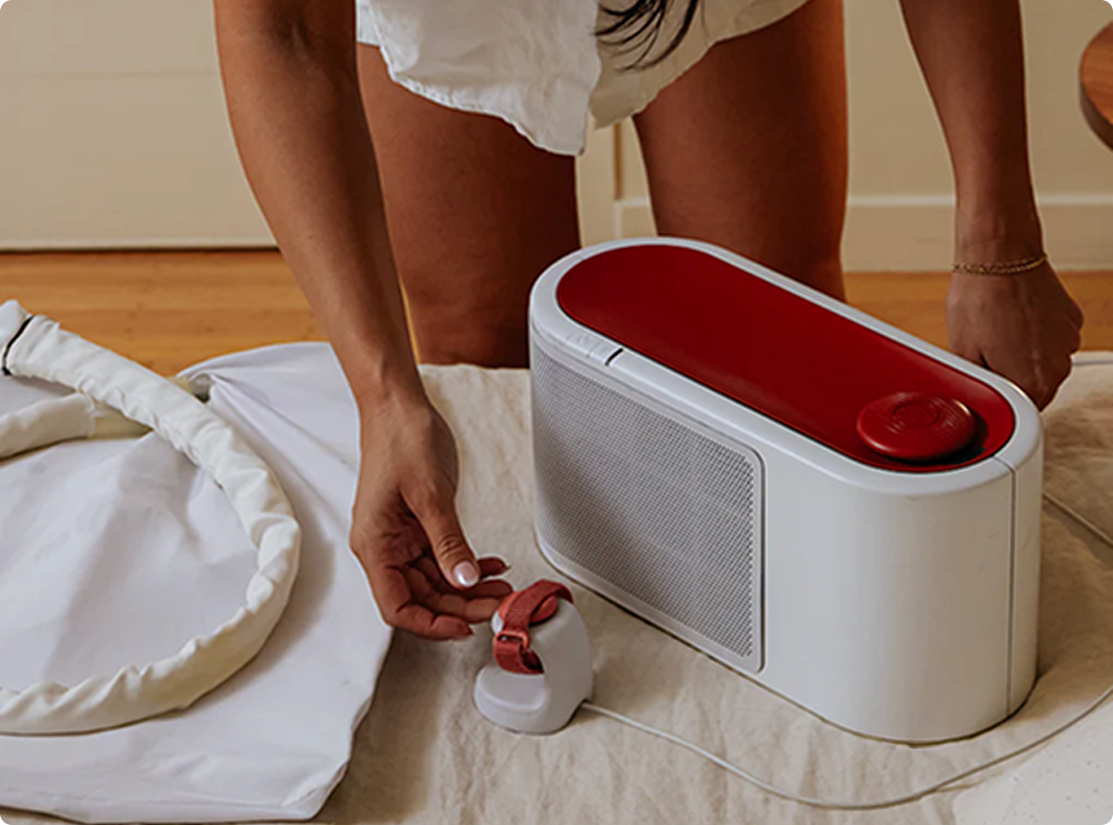
Sleep Cool, Wake Refreshed
Terra’s smart cooling system stops hot flashes before they wake you.
Predicts & cools in seconds
No noise, no interruptions
Wake up refreshed


